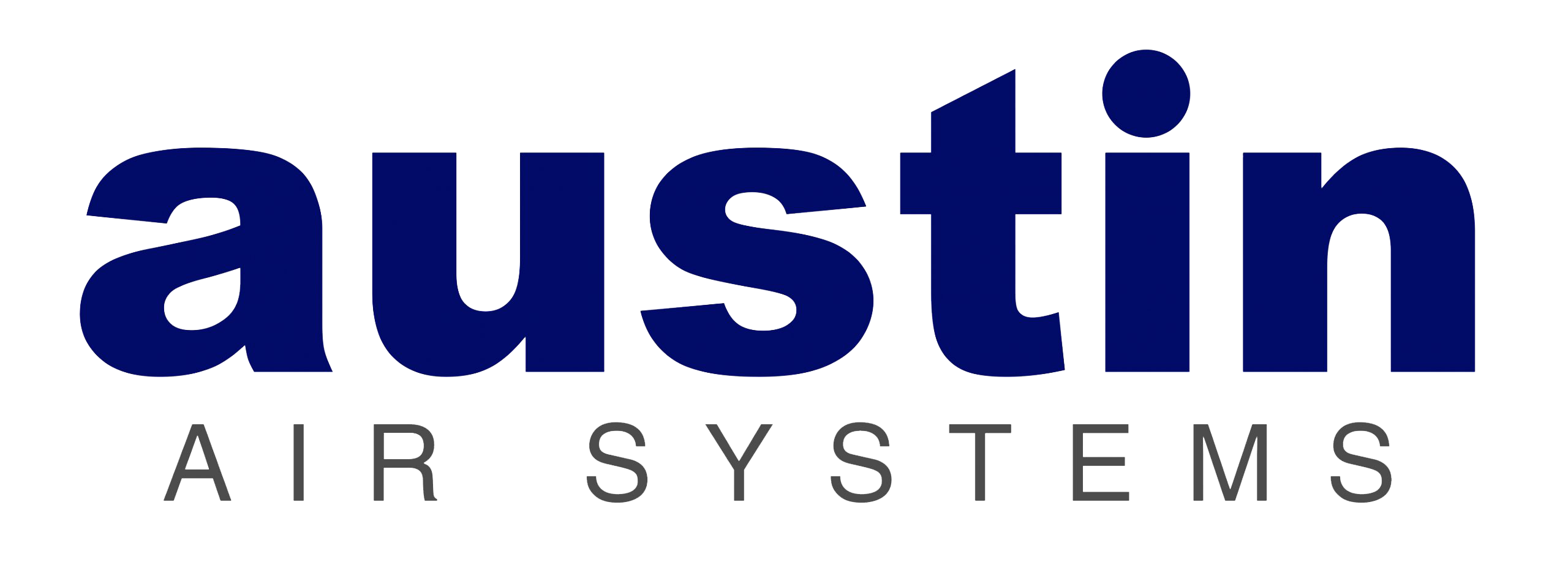Funding Opportunities For Clean Air On Campus You Need To Know About
There are funding opportunities to get cleaner air on your campus. You must advocate for yourself and your peers if you want to change the air quality on your campus.
The first step is bringing these opportunities to a trusted faculty, staff, or administration member. These people all serve as resources for students, and by presenting these opportunities as student needs, faculty, staff, and administration must consider them.
Inflation Reduction Act - Environmental
and Climate Justice Block Grants
Section 60201 of the Inflation Reduction Act –re: Environmental and Climate Justice Block Grants–appropriates $2.8 billion for the Environmental Protection Agency (EPA) to administer a grant program to fund entities that engage in activities that benefit disadvantaged communities. Of greatest importance for Austin Air–the funds can be used for “reducing indoor toxics and indoor air pollution.”
The following types of organizations that can be funded–including local governments, universities and nonprofits–are defined as:
- A partnership between a community based nonprofit and a local government, Indian tribe, or institution of higher education
- Community-based nonprofit
- Partnerships of nonprofits
The Higher Education Emergency Relief Fund III (HEERF III)
The Higher Education Emergency Relief Fund III (HEERF III) is authorized by the American Rescue Plan (ARP), Public Law 117-2, signed into law on March 11, 2021, providing $39.6 billion in support to institutions of higher education to serve students and ensure learning continues during the COVID-19 pandemic.
HEERF III funds are in addition to funds authorized by the Coronavirus Response and Relief Supplemental Appropriations Act, 2021 (CRRSAA), Public Law 116-260 and the Coronavirus Aid, Recovery, and Economic Security (CARES) Act, Public Law 116-136. Emergency funds available to institutions and their students under all emergency funds total $76.2 billion.
May 2023 Update:
Click here to access the No Cost Extension (NCE) request form for the Higher Education Emergency Relief Fund (HEERF) grant(s) awarded to your institution of higher education. Pursuant to 2 C.F.R. § 200.308(e)(2) and 34 C.F.R. § 75.261(a), and as stated in the Department’s HEERF ARP FAQs, grantees have the option to receive a No-Cost Extension (NCE) as applicable HEERF grant recipients can request an additional twelve months to finalize plans for the remaining HEERF institutional awards through June 30, 2024, and an additional six months for the HEERF student awards through December 31, 2023. The Department may consider additional extensions as necessary. The authorized institutional representative identified on the most recent Grant Award Notification (GAN) must complete the NCE request form and email it to the assigned program specialist identified in Box 3 of the HEERF GAN on or before June 20, 2023.
*NOTE: Eligible organizations must have completed the certification form before the 4/11/21 date in order to be eligible for subsequent funds. If an entity already received round one funds, then they don't have to complete another form. They just need to accept the terms and conditions.
National COVID-19 Preparedness Plan
The American Rescue Plan provided $350 billion for state and local governments, which is available to support making ventilation improvements and upgrades. The EPA will issue a Clean Air in Buildings Checklist, a set of recommendations that any building can undertake to improve indoor air quality through effective ventilation and filtration practices. The Checklist will include; improving air filtration (e.g., through proper installation and maintenance of MERV-13 air filters; operating HVAC systems with increased introduction of outdoor air; investing in HVAC infrastructure and improvements); supplementing air handling with portable air cleaners (e.g., through assessment of current ventilation and filtration levels; and deploying portable air cleaning devices with HEPA filters).
Why Use Funding on Austin Air Purifiers?
Austin Air uses technology recommended by the EPA. This is crucial if you’re going to use government funding. Austin Air purifiers have also outperformed more than 100 others in government tests. We are handcrafted in America, in Buffalo, New York. (You don’t want to use funding on units that are shipped from overseas… that’s asking for supply chain issues!) Plus, we work with a national co-op program so we can offer a faster, easier solution to the bid process!
Contact a Clean Air Counselor Today!
Our experts are standing by to help you get the process started.
or call (800) 724-8403.






